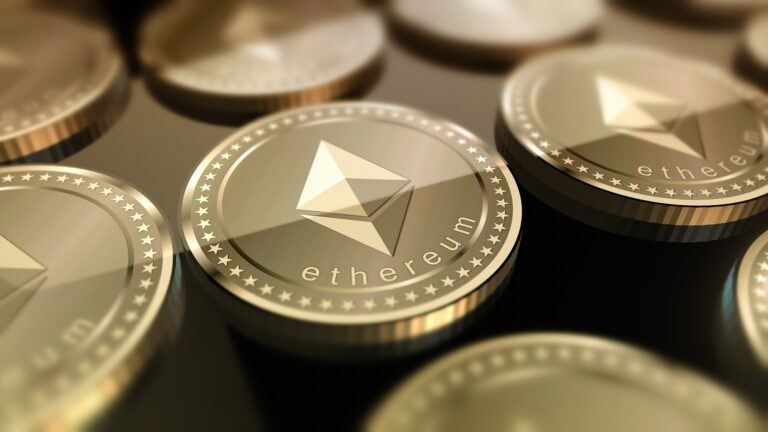During an interview yesterday, Joseph Lubin, co-founder of Ethereum (ETH) and founder of ConsenSys, explained why long term it makes sense to be more bullish on Ethereum than Bitcoin.
Lubin’s comments while he was being interviewed yesterday on Bloomberg TV by Emily Chang and Joe Wiesenthal.
Lubin told Chang:
“Bitcoin represents sound money to to certain people. With $13 billion worth of Ether locked up in Ethereum 2.0 and $70 billionlocked up in decentralized finance, we have enormous demand for the token, and now we’re burning the token with the with the introduction of the London hard fork and EIP-1559.”
The upcoming London hard fork, the most important component of which is EIP-1559, was originally expected to go live on the ETH 1.0 mainnet in July, but this is now expected to take place today (August 5) — around 12:37 UTC — on the Ethereum mainnnet at block height 12965000 on August 5.
Here is a description of how Ethereum’s transaction pricing mechanism will work after EIP-1559 goes live:
“The proposal in this EIP is to start with a base fee amount which is adjusted up and down by the protocol based on how congested the network is. When the network exceeds the target per-block gas usage, the base fee increases slightly and when capacity is below the target, it decreases slightly.
“Because these base fee changes are constrained, the maximum difference in base fee from block to block is predictable. This then allows wallets to auto-set the gas fees for users in a highly reliable fashion.
“It is expected that most users will not have to manually adjust gas fees, even in periods of high network activity. For most users the base fee will be estimated by their wallet and a small priority fee, which compensates miners taking on orphan risk (e.g. 1 nanoeth), will be automatically set. Users can also manually set the transaction max fee to bound their total costs.
“An important aspect of this fee system is that miners only get to keep the priority fee. The base fee is always burned (i.e. it is destroyed by the protocol). This ensures that only ETH can ever be used to pay for transactions on Ethereum, cementing the economic value of ETH within the Ethereum platform and reducing risks associated with miner extractable value (MEV).
“Additionally, this burn counterbalances Ethereum inflation while still giving the block reward and priority fee to miners. Finally, ensuring the miner of a block does not receive the base fee is important because it removes miner incentive to manipulate the fee in order to extract more fees from users.”
It is important to note that EIP-1559 is not about vastly reducing transaction fees. The new transaction pricing mechanism means user no longer have to specify how much they are willing to pay to get their transaction processed by a miner, which “makes the protocol less intimidating to use” in the words of EIP-1559 co-author and EthHub co-founder Eric Conner.
As for the burning of the base fee portion of the cost of a transaction, this will not immediately make a deflationary asset (as one Ethereum fan beautifully explained recently) despite what some crypto influencers are incorrectly claiming on Twitter.
Instead, once Ethereum has fully completed its transition to a Proof-of-Stake (PoS) consensus mechanism (i.e. once “The Merge” has taken place, which is expected to occur sometime in the first half of 2022), then EIP-1559 should help ETH to become a deflationary asset:
Anyway, going back to interview on Bloomberg TV, Lubin went on to say:
“So the Ether token, we think of as a crypto fuel. It has characteristics of a cryptocurrency, but it’s used to pay for transactions and storage on the network and the Ethereum ecosystem surpassed the Bitcoin ecosystem long ago in terms of the amount of developer activity, in terms of transaction number per day, in terms of transaction value, in terms of the number of tokens that are in existence and issued on the network.”
“And Bitcoin a is a brilliant use case. I think of it as a fractionalized NFT in its own right that many people can own, but as you indicated, Ethereum is a platform for decentralized applications.
“And I think you’re basically asking ‘will the next generation internet or the next generation economy be bigger than a narrow money system’, and so I would argue that yes. It will be orders of magnitude bigger in time.”
DISCLAIMER
The views and opinions expressed by the author, or any people mentioned in this article, are for informational purposes only, and they do not constitute financial, investment, or other advice. Investing in or trading cryptoassets comes with a risk of financial loss.








